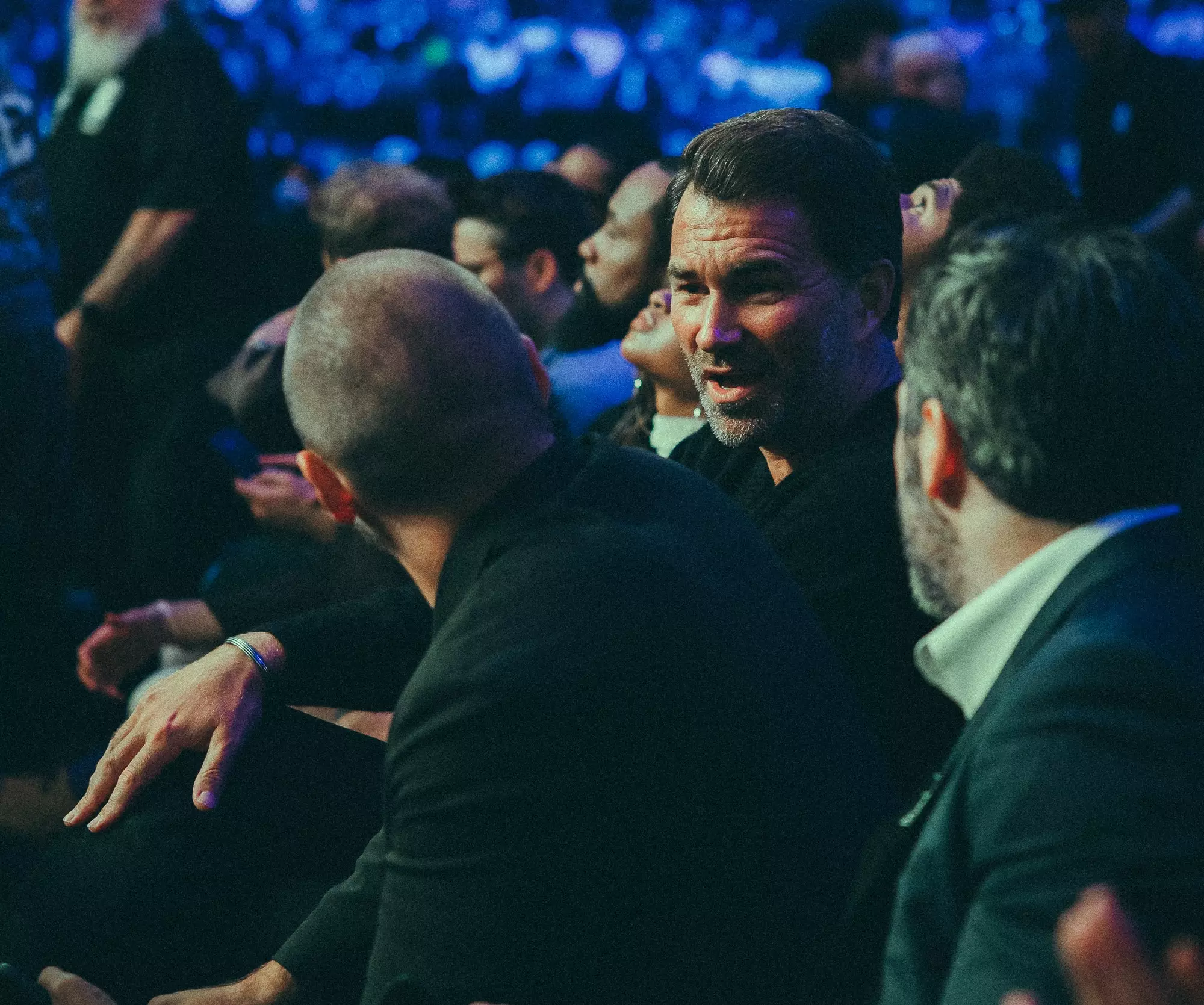Last Friday night, the boxing community was set abuzz with a high-visibility matchup that many viewed as blasphemous to the sport’s traditional ethos. Promoter Eddie Hearn expressed discomfort watching the former heavyweight champion Mike Tyson, now 58, step back into the ring against social media phenomenon Jake Paul, 27. Paul, who has made a name for himself in the boxing world in recent years by challenging various opponents, narrowly defeated Tyson in what was described as a lopsided and uninspiring fight. Hearn’s critiques highlight a broader concern regarding the integrity and authenticity of boxing in an age where celebrity influence often trumps athletic merit.
The event’s absurdity was underscored by Paul’s own admission that he did not want to injure the aging boxing legend during their match. This raised eyebrows across the board, as it indicated a distinct disparity in intentions—while Tyson represents a storied legacy of boxing greatness, Paul symbolizes a burgeoning wave of influencer-driven events devoid of traditional stakes. Hearn’s thoughts on this paradigm shift serve as a bellwether for the sport’s future. According to him, while the financial success of such events cannot be denied, they come at the cost of boxing’s sanctity. He mused on the growing gap between ‘boxing people’ and those who appreciate the sport purely for its entertainment value, noting that some may argue there’s no wrong way to engage with boxing. However, Hearn clearly feels that this approach sacrifices the respect the sport demands.
In contrast to the mismatched encounter between Paul and Tyson, Hearn puts forth an interesting hypothetical: a fight between Paul and recently semi-retired Gennadiy Golovkin, who at 42 years old could still pose a significant challenge. This scenario ignites a discussion about what makes a fight compelling. A real challenge between seasoned fighters could spark genuine drama and interest, rather than the spectacle of a renowned legend fighting for the sake of fortune and fame. Such bouts could preserve some semblance of the competitive integrity that fans cherish, even amid a crowd enamored with flashy personalities.
As Hearn observed, the attendance and viewership figures for the Paul-Tyson fight indicate that, for many spectators, the spectacle itself outweighs the traditional values of sport. Nonetheless, this observation leads to significant questions about the long-term health of boxing. If the sport loses its competitive edge and transforms entirely into a carnival-like showcase, can it retain its loyal base? It appears that fans are increasingly split, with some enjoying these theatrical displays while others mourn the erosion of boxing’s authenticity.
Ultimately, Hearn’s statements reflect the apprehension many industry insiders feel towards this trend, one that prioritizes financial gains over the reverence of athletic competition. As the line continues to blur between genuine sport and entertainment, boxing stands at a crossroads, and its very identity could be at stake.


Leave a Reply